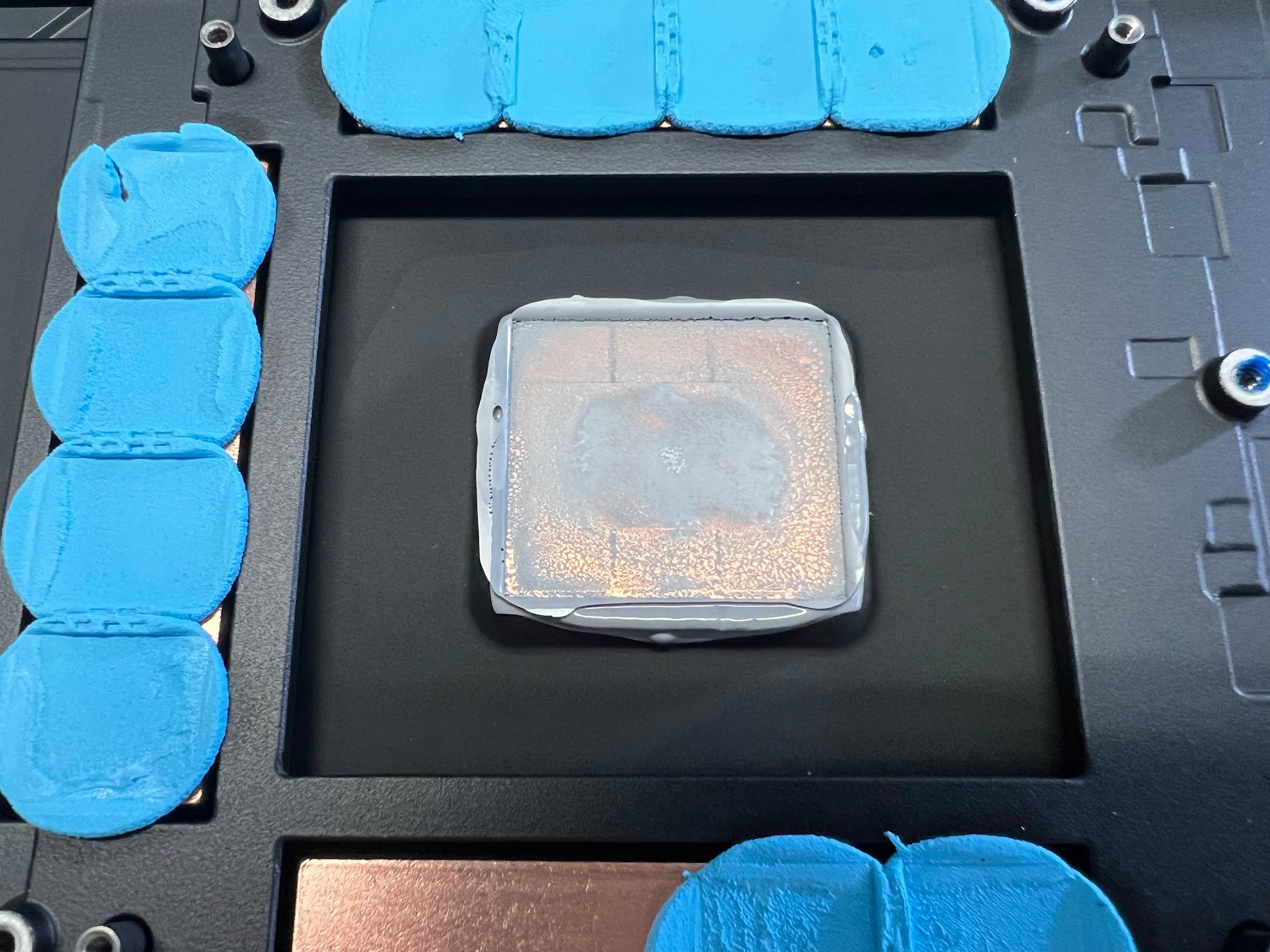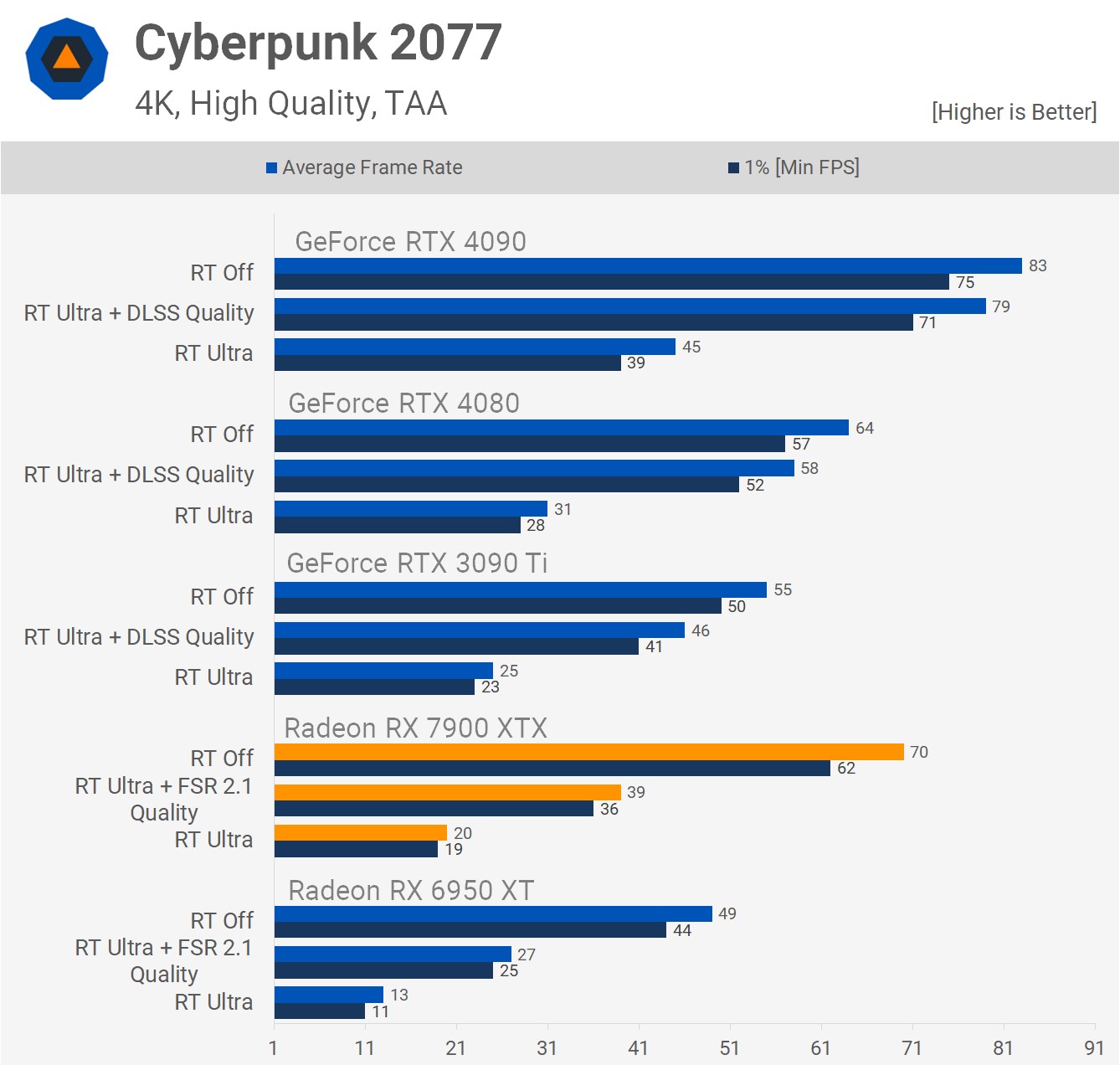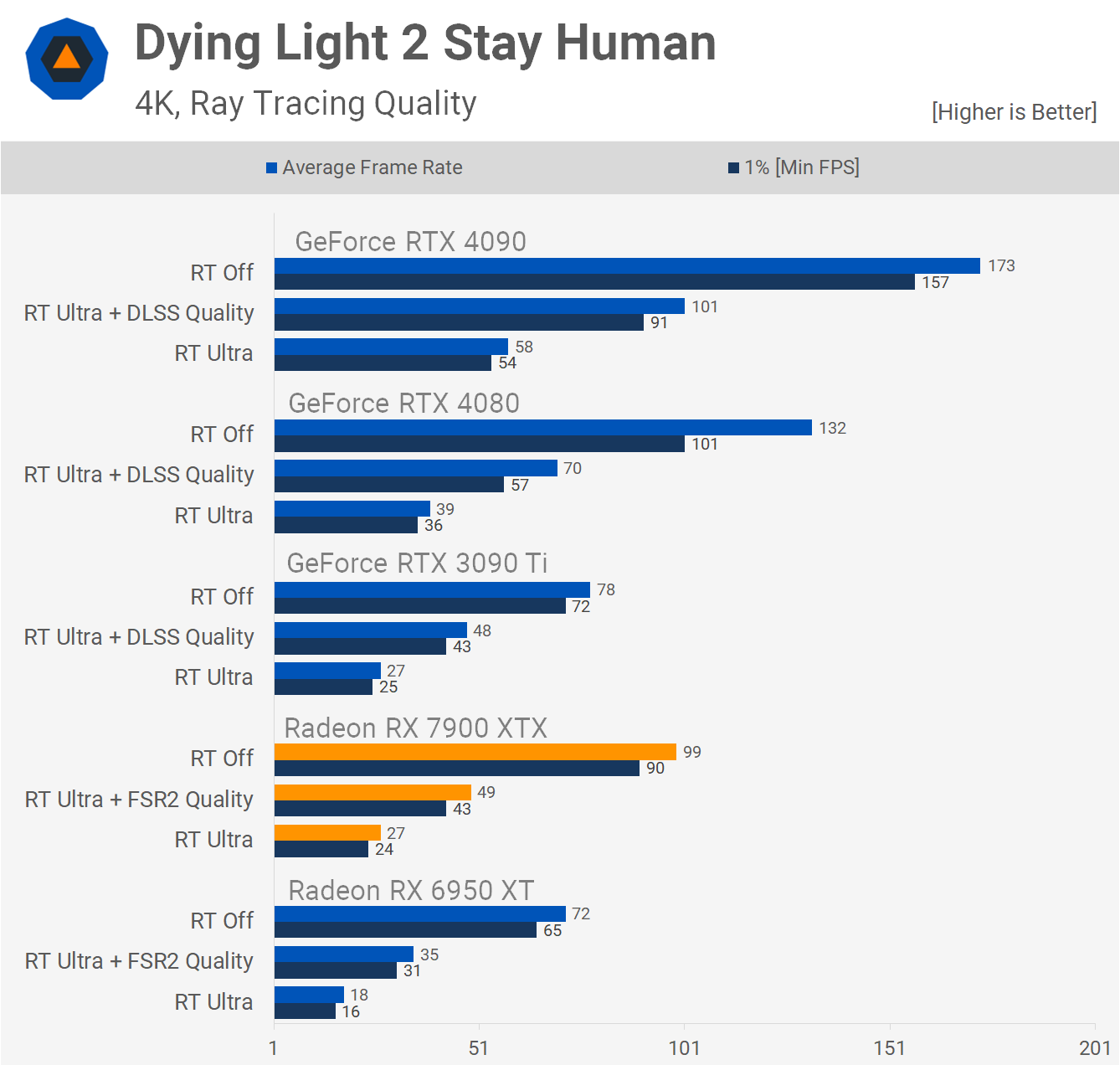Within such tolerance ranges, it is certainly possible to bypass the stoppers, use suitable screws with larger heads and neutralize the protruding sleeves by means of higher washers, so that when screwing with new, good paste, the contact pressure can be better dosed. Since I'm not AMD and also don't know the maximum permissible values, I'll leave a question mark here for safety reasons. Bending hollow chip surfaces with force just to make them fit the crooked and curved heatsink is certainly associated with a certain risk. This, however, is not something I want to impose irresponsibly on any of my readers. Everyone must then decide for themselves.
However, with a suitable thermal paste (Alphacool Apex B-Stock, so the firmer), two washers per hole and suitable screws instead of the clamping cross, I could also lower the hotspot that occurred with me even compared to the "normal" card to a slightly lower delta of 15 to 17 Kelvin, which has not worked by simply changing the paste. I take this for me personally as a conclusion and still explicitly refer to the preface on page one. It was the comprehensible and also measurable reason for my card, but it does not necessarily have to be for other cards.
It is certainly also conceivable that individual sensors in the GPU measure mischief and the telemetry does not catch such outliers (plausibility test). This could also be solved by AMD via a firmware update. However, today's test speaks against this (at least for me), where the temperatures of the six chiplets suddenly turned out to be almost the same again after the reassembly without the clamping cross, where there was still up to 8 Kelvin difference before and my card even performed better than the original without the hotspot problem. In any case, it is advisable to wait for a statement from AMD. I for one have at least been able to solve my problem.
By the way, I also had the slight difference between vertical and horizontal mounting with the "repaired" card and two other, rather unsuspicious models, which could clearly be blamed on the vapor chamber and cooler design as such. But I don't think that had anything directly to do with the hotspot, which is why it's actually a different topic. If anyone is experimenting around with their RX 7900 XT(X) or still finding problems, I would be very happy to hear from you. In the meantime, I'll wait and see what the swarm knowledge and AMD bring to light (or not).





